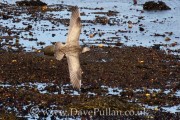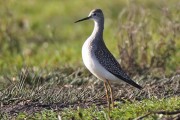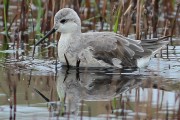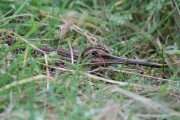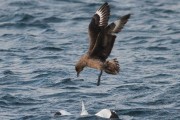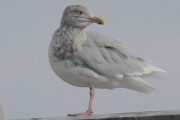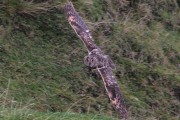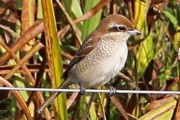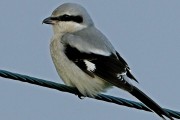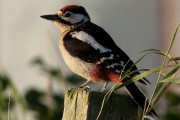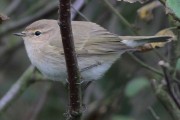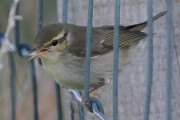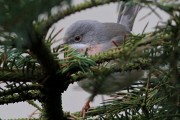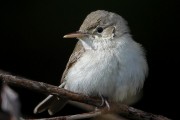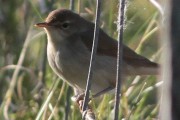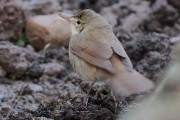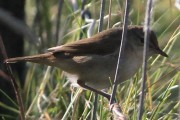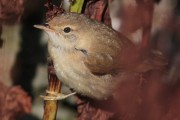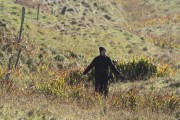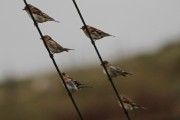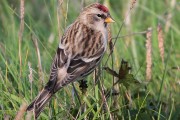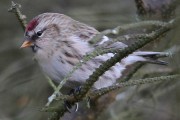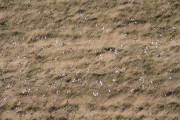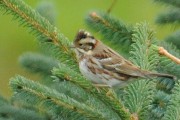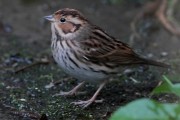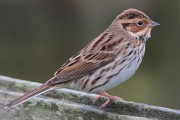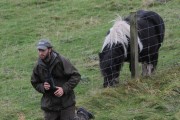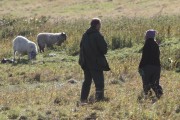Shetland Autumn Birding Trip Report 2013
Posted by Martin Garner on Friday 20th December 2013 | Birding in Shetland
A ‘systematic style’ round up of this year’s Shetland Autumn Birding trips in late September and early October by Martin Garner…
The extremities of Britain are the Shetland Islands to the north and the Scilly Isles to the South. Both have been a magnet for birds and birders for many decades. Something’s changing though. Light-hearted banter goes on each year throughout the birding nation and amongst visitors to these exciting archipelago’s about which will see the greatest number of rarities. Hands down. Autumn 2013 saw Shetland run away with all the prizes. Whether it’s a shift in the jet stream, factors in the birds’ origins or reasons as yet unknown and once again the Shetland Nature team were well-positioned for a treasure trove of autumn birding.
An image gallery of some of the headline acts over the two weeks:
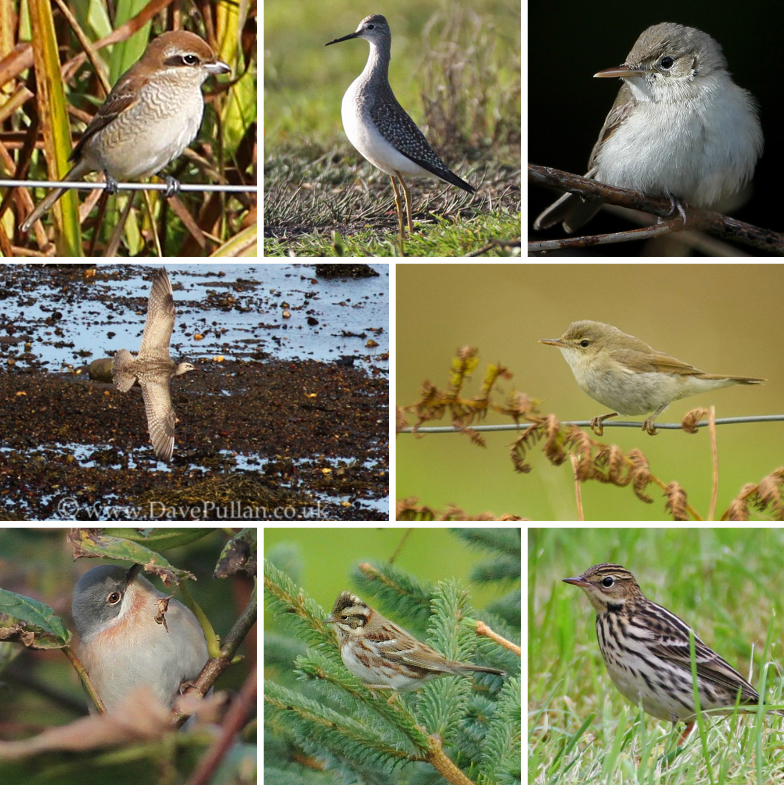
Row 1: Brown Shrike – Jim Nicolson; Lesser Yellowlegs – George Petrie; Eastern Olivaceous Warbler – Jim Nicolson.
Row 2: Hudsonian Whimbrel – Dave Pullan; Blyth’s Reed Warbler – Brydon Thomason.
Row 3: Eastern Subalpine Warbler – Martin Garner; Rustic Bunting – Andy Cook; Pechora Pipit – George Petrie.
Highlights and headlining events
Some of the notable events the Shetland Nature team got up to:
- Re-identifying an Eastern Subalpine Warbler with ground-breaking ID features
- Finding a Rustic Bunting
- The unexpected excitement of identifying a Blyth’s Reed Warbler which had been put out as a Marsh Warbler
- The surprise team ‘discovery’ of an Arctic Warbler
- Helping identify an Eastern Olivaceous Warbler
- Mega rarities; Hudsonian Whimbrel, Thick-billed Warbler, Eastern Olivacious Warbler, Brown Shrike
- Being first on sight to a just found Pechora Pipit (by Shetland Nature team member Roger Riddington)
- Watching a flock of over 2,000 Snow Buntings with a Merlin flying among them
- Finding the first Great Grey Shrike of autumn 2013 in Britain
- Record breaking arrival of Yellow-browed Warbler and one in the hand
We love our lists!
We scored a 100 species in the first week and 115 in the second week. Only 2 shy of our 2010 record of 117 species. Keeping a list during the week adds to our variety, a little competition and lots of fun…
Swans to Herons
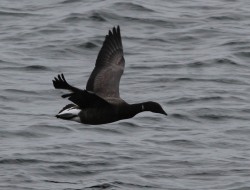 It’s always lovely to see the Whooper Swans both birds that have bred on Shetland and migrants from Iceland. Small flock of Pink Feet dropped in near the Lesser Yellowlegs. A female Pintail (scarce in Shetland) felt wild on Lamba Ness. A Dark-bellied Brent Goose found by a group member got an Unst local birder running. Eider rafts always provided a spectacle. Long-tailed Duck and Common Scoter were seen together several times. Both Red-throated and Great Northern Divers added sparkle to the day in late summer plumage.
It’s always lovely to see the Whooper Swans both birds that have bred on Shetland and migrants from Iceland. Small flock of Pink Feet dropped in near the Lesser Yellowlegs. A female Pintail (scarce in Shetland) felt wild on Lamba Ness. A Dark-bellied Brent Goose found by a group member got an Unst local birder running. Eider rafts always provided a spectacle. Long-tailed Duck and Common Scoter were seen together several times. Both Red-throated and Great Northern Divers added sparkle to the day in late summer plumage.
Gannets, whilst not rare, thoroughly entertained, plunge-diving and battling with Bonxies.
Grebes to Great Bustard
OK there were no Great Bustards :) Slavonian Grebes were found on little patches of water. Both Merlin and Peregrine encounters were special which likely included Icelandic Merlins. But the Unst Crane had sadly died by the time we got there.
Oystercatcher to Glaucous Gull
Golden Plover flocks were not rare but always beautiful but the Hudsonian Whimbrel stole the show on the wader front, followed closely by a young Lesser Yellowlegs and moulting adult Wilson’s Phalarope. Four types of three different species of cryptic snipe were enjoyed. Jack Snipe, Woodcock and both Common and very rusty Icelandic (faeroeensis) Snipes. Bonxies patrolled every day, Black Guillemots sported a variety of age and plumage types and scarcer Gulls included juvenile Little and adult Glaucous.
Rock Dove to Raven
Rock and Turtle Doves were studied for different reasons. The first for criteria compared with Feral Rock Doves, the second due to its increasing rarity in Britain. Migrant Long-eared and Short-eared Owls showed well and Shrikes were a highlight with a first winter Brown Shrike on the first morning, both Red-backed and Great Grey seen (the latter the first of the autumn in Britain). Rooks and migrant Scandinavian Jackdaws added value to our week-long list. Another northern speciality seen were Great-spotted Woodpeckers from Scandinavia.
Goldcrest to Wheatear
Here comes a group that never disappoints – warblers! Both Siberian Chiffchaffs and Common Chiffchaffs were available for comparison – this being the best place in Britain to see the eastern sub-rarities and a single Short-toed Lark fell into this category too. Overall warblers stole the show. Yellow-browed’s were everywhere with an amazing total over 150 on one day seen by Shetland Nature leaders on Unst and West Mainland. An Arctic Warbler was a great team find. The finer points of Siberian Lesser Whitethroat were studied on a couple of birds. New ID features were played out on an Eastern Subalpine Warbler and the biggest rarities attracting National attention were a Thick-billed and an Eastern Olivacious. We had great opportunity to study the ‘acros’ by finding and identifying Blyth’s Reed, Marsh and Reed Warblers. And to complete the set Brydon found a Paddyfield Warbler just after the holidays had ended. Early winter Thrushes, sparkling Scandinavian Robins, Red-breasted Flycatcher and two types of Wheatear filled out the chats.
House Sparrow to Baltimore Oriole
The only Yellow Wagtail seen was an interesting grey-headed type (thunbergi). The Shetland speciality, Pechora Pipit performed for us again and Finches brought colour every day with Chaffinch, Brambling, Crossbills, Common Rosefinch and Hawfinches. The Redpolls as ever challenged and entertained with Lesser, Mealy, a brief Coue’s Arctic, a tricky Hornemann’s and possible Icelandic Redpolls. Snow Buntings were simply spectacular, seemingly everywhere, everyday. But a flock of over 2000 on Fetlar said “Once in a life time”. A Rustic Bunting find for the team was a special moment. Point blank views of a smart male Little Bunting were enjoyed with no other birders, though Bydon’s Baltimore Oriole didn’t wait for us this time. Of course there’s always next year! Will you be joining us?


